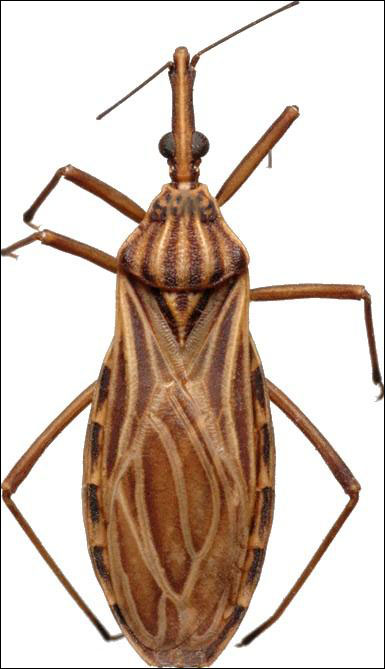Cellphone app may help with identifying disease-spreading insects
A team from the University of Kansas is developing a system to identify species of disease-carrying insects through a cellphone application, according to a press release.
The Virtual Vector Project, a multidisciplinary collaboration between scientists, programmers, artists and public health officials, is an effort to simplify species recognition for those in the field. By sending cellphone images of encountered insects to offsite computers, the project would reduce the expertise required to fight insect-transmitted diseases.
“Usually, public health teams are going to go into villages to fumigate houses,” A. Townsend Peterson, PhD, of the ecology and evolutionary biology department at the University of Kansas Biodiversity Institute, said in a press release. “But this tool lets you know what you need to fumigate. It depends on the species whether you fumigate the houses or the stables, and how frequently.”

Figure 1. This is Rhodnius robustus, photographed by the Virtual Vector Project.
Source: University of Kansas/KU News Service
The team members said similar applications have been tried in the past, but technical issues and photographic inconsistency kept other attempts from fruition. To overcome the latter, they developed a portable photo stand for public health workers in the field. Outfitted with LED lights, simple background colors, an iPod cradle and platform for the insect itself, the small stand can be assembled in 15 seconds and may someday be available online for 3-D printing.
Although the project is still a work in progress, a prototype able to recognize species of triatomine bugs responsible for outbreaks of Chagas’ disease in Mexico, Central America and South America has been completed. The team members said they hope to expand its capabilities to other disease vectors such as ticks and mosquitoes.
